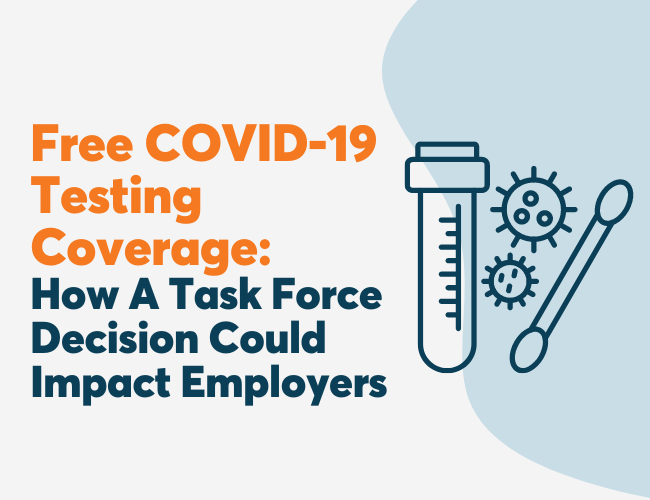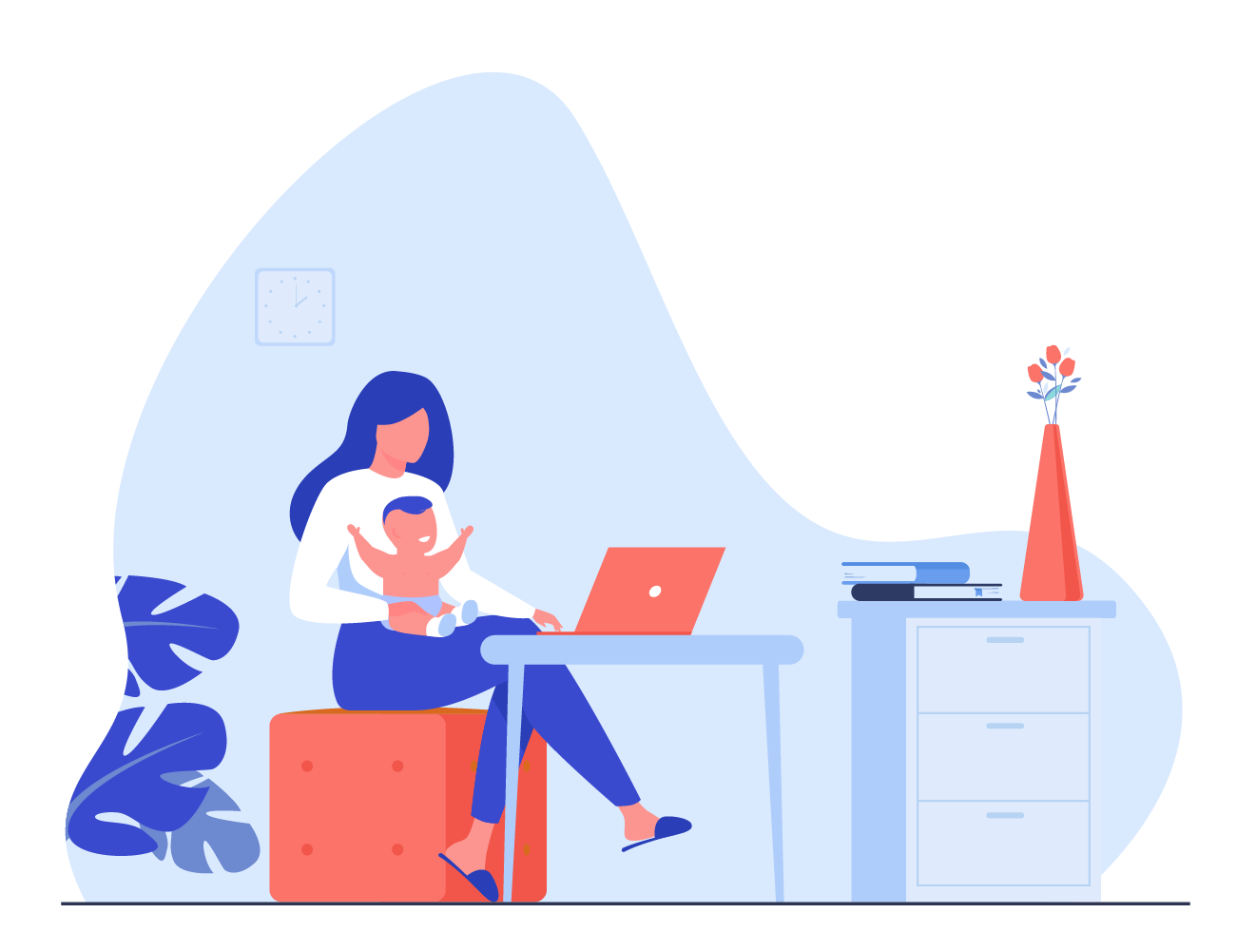Prior to the pandemic, gender equality in the workplace was improving, at least in certain respects. As Gallup notes:
Until the pandemic, the percentage of women in senior business leadership positions set the global record, including a five-percentage-point jump in holding senior vice president roles and a record-breaking number of Fortune 500 companies with a female CEO.
Since the pandemic began, it has been exerting a deleterious effect on workplace gender equality in a number of ways. In particular, the pandemic has already caused or is likely to result in:
- Disproportionate jobs losses: During the pandemic, at least 500,000 more women than men left their jobs. Mckinsey & Company estimates that “female job loss rates due to COVID-19 are about 1.8 times higher than male job loss rates globally, at 5.7 percent versus 3.1 percent respectively.”
- A widening gender pay gap: Researchers from the Organization For Economic Cooperation And Development report that the “adverse short-term employment effects as women delay labor market entry or interrupt their careers may translate into negative long-term wage effects, potentially scarring a generation of female workers.” Since more women have become unemployed during the pandemic than men, this means more women than men will experience these negative long-term wages effects, effectively widening the gender pay gap.
Why This Matters
These are obviously bad outcomes, but some of the ways in which they are undesirable may not be immediately apparent to all employers. Not only is this state of affairs unfair, but it is also bad for the economy. Gallup reports that:
Women’s labor is worth $7.6 trillion to America’s GDP each year. If every woman in the U.S. took the day off at once, it would cost our GDP almost $21 billion (and that’s only counting paid labor).
On top of that, as Wellable has emphasized, diverse workplaces function better. By removing more women than men from the workforce, the pandemic is negatively impacting workplace diversity. As a result, businesses may not be operating with the kind of accuracy and efficiency that they otherwise would be if the pandemic had not exerted a disproportionately negative impact on women in the workplace.
Explanations
Without knowing how or why the pandemic has had a more negative impact on women than men, it will be difficult to develop responses that effectively prevent further damage and undo the harm that has already been done. While a complete explanation is not yet available, many of the primary factors have been identified.
Gendered Job Sectors Impacted More Heavily
Since the economic downturn was triggered and sustained by the rise of a contagious airborne health condition, it negatively affected more sectors involving in-person activities that are difficult to replicate remotely. Jobs in these sectors are disproportionately held by women. As Mckinsey & Company reports:
Compared with the aggregate share of women in global employment—39 percent—women have 54 percent of global jobs in accommodations and food service, which are among the sectors worst affected by the crisis; 43 percent of jobs in retail and wholesale trade; and 46 percent in other services, including the arts, recreation, and public administration.
As a result, part of what explains why the pandemic has had a negative impact on gender equality in the workplace is that more women than men work in the types of jobs that experienced greater job losses as a whole.
Gendered “Obligations”
While working women is far from a new concept, some traditional gendered societal expectations have not shifted sufficiently to support them. Many still believe, whether they state it explicitly or not, that women are obligated to perform certain tasks just because they are women. For instance, many individuals are of the opinion that women ought to take care of a significantly greater portion of household and familial responsibilities. As a result of these expectations, women end up performing a significantly greater amount of childcare and household labor.
While this had been making it harder for women to achieve their career goals long before the pandemic began, the variety of restrictions that arose in response to COVID-19 intensified the effects of the perceived gender-specific obligations mentioned above. More specifically, the combination of remote work and schooling combined with a lack of childcare options meant that working mothers were at home with their children 24/7. This left them stressed, mentally exhausted, crunched for time, and unable to devote their complete attention to any of their work-related responsibilities. In an interview with Gallup about the experience of being a working woman during the pandemic, one woman commented:
This year has been a roller coaster blur of exhaustion, treading water, self-doubt, and loss of identity.” […] No matter what I did, I couldn’t get ahead. I’m behind on emails, behind on work, behind on dishes, laundry, the list goes on. I still find it hard to comprehend that a whole year has gone by.
Gallup suggests that “[this] feeling explains the rationale behind the departure of so many women from the workforce: They left because they couldn’t keep carrying what felt like the weight of the world on their shoulders.”












